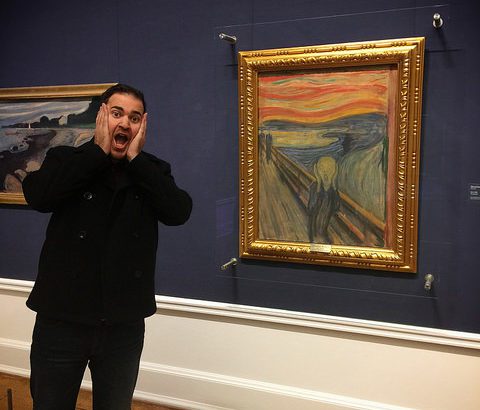Museums are really the perfect attractions. Visiting them is a way to gain a more insightful understanding of an area’s culture and history, and do so in an engaging way that leaves a lasting impression. You can usually find a little something for everyone and museums are the perfect destination for days when inclement weather might force you to abandon your plans. But there are certain tips you can follow to make the most out of your museum experience so here are several tips to improve your museum experience.
Is it open? Check the calendar
This might seem like a no-brainer but museums have some of the oddest calendars compared to other attractions. For example, the Louvre is closed every Tuesday and many other museums are closed on other days of the week, such as Monday. You also need to check your calendar for local holidays. Many countries may have holidays you’ve probably never heard of, so you always need to be sure that you’re not visiting on a national holiday when doors will be closed.
Make sure the “prized possessions” are present
Sometimes museums lend out even their most precious works, so always call ahead of time to make sure that a piece you’re interested in seeing will be there. You can pretty much always count on certain pieces to stay put like the Mona Lisa at the Louvre, but many other classic works make their way around the globe for special exhibitions. For example, right now the American Gothic is away from the Art Institute of Chicago.

Museum days, weeks, and months
It’s not uncommon for there to be designated museum months, weeks, and days that offer special rates for admission or special events. For example, I was in Amsterdam in 2014 for “museum night” where around 50 museums stay open until 2 am and tickets only cost around €20.
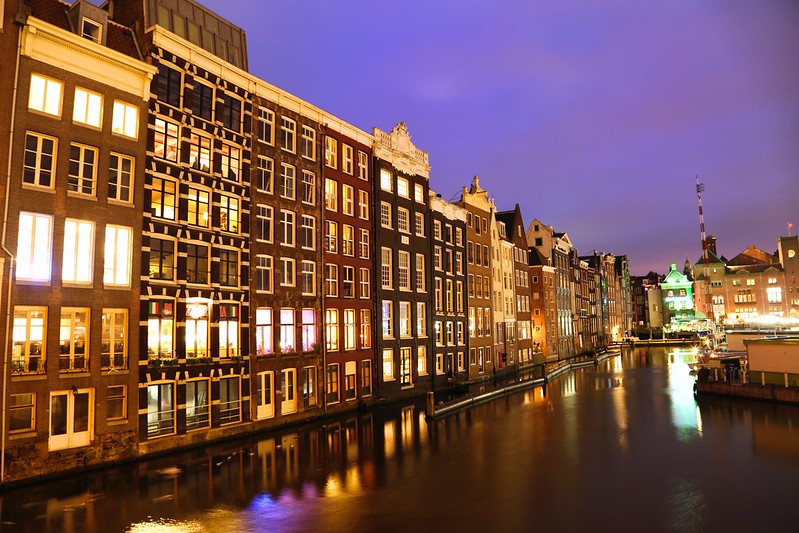
Major cities, like Chicago, offer free days throughout the year. Sometimes these might be limited to residents of a state but other times they will be open to the entire public. During these weeks and months, there are also often many special events and exhibits taking place at the museums, so you can get more out of your museum experience.
And finally, many museums regularly offer free nights or days each month or week. For example, the MOMA in New York offers free evenings every Friday from 4pm to 8pm. The Louvre offers free admission to the museum for all visitors on the first Sunday of each month from October to March. The drawback to visiting during these free times is that the museums can become much more crowded, so always consider if you’d rather pay for a potentially less crowded experience.
Bank of America Card
If you have a Bank of America, you can get into many museums for free. It only allows free entry per cardholder so your entire family won’t be able to get in for free but it’s a nice little perk.
Buy tickets online/research into a CityPass
I always recommend to buy museum tickets online. Sometimes the tickets will be cheaper online but other times they will be the same price. But even when they’re not cheaper, you can save a lot of time purchasing them online. If you buy them online, I recommend that you also print out a paper copy of your ticket in addition to the PDF or other file you have on your electronic device just in case.
Also, if you’re going to be hopping around different museums within a city then I suggest looking into getting a “City Pass.” Yes, they seem very touristy but who cares about that when you can save a good amount of money by just getting a pass. They are often linked to other things like public transportation, so it often makes getting around a city much more efficient.
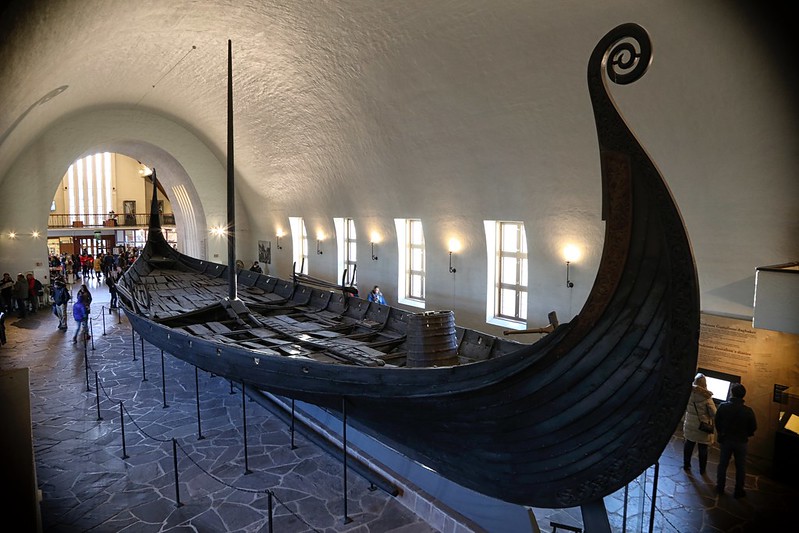
Research exhibits prior to visiting
When you’re visiting science and technology museums, or museums of natural history, many of those can be experiential, interactive, and or self-explanatory, so the need to research those exhibits may not be great. But when it comes to art pieces, chances are you won’t be able to fully appreciate the works you’re admiring without knowing some background on the pieces.
I suggest watching YouTube videos on those exhibits and reading articles about them. Sometimes you’ll discover the rich story behind a painting that you would’ve never uncovered and other times you’ll discover things like hidden images in paintings. Learning the stories behind different works has completely changed my interest levels and appreciation for what I come across in art museums.
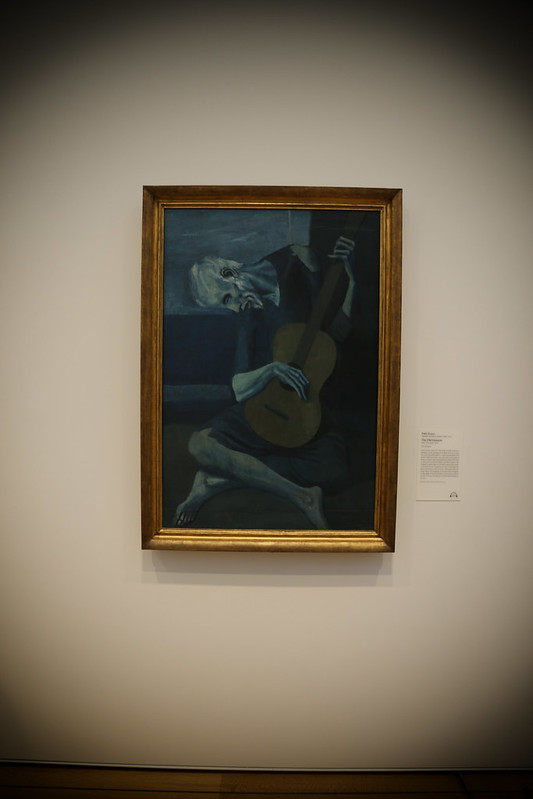
Interpretive panels and headsets can help you gain some understanding about certain pieces and artists, but I highly recommend you doing your own pre-visit research to delve a bit deeper into the pieces. It helps to build some anticipation for your visit, too.
Get there first
When it comes to museums, the early bird definitely gets the worm. And by the worm, I mean an enjoyable, peaceful experience for the first hour or so. This won’t be the case in every museum, but generally getting to a museum when it opens is an ideal way to experience it, especially when it comes to admiring the most popular exhibits.
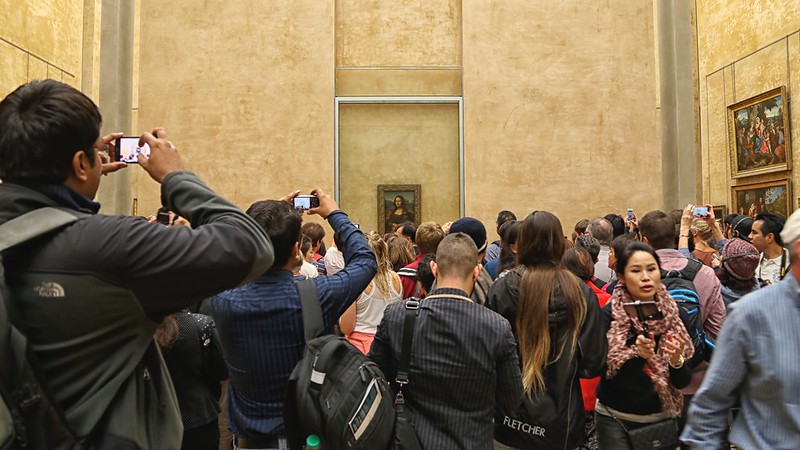
I’ve been able to enjoy some of the most famous art pieces like the Vincent van Gogh’s The Starry Night, Edvard Munch’s The Scream, Pablo Picasso’s Guernica, and many others all by myself (along with Brad). Those viewings involved zero jockeying for position and allowed me to take my time getting photographs with no people sticking their head in the frame.
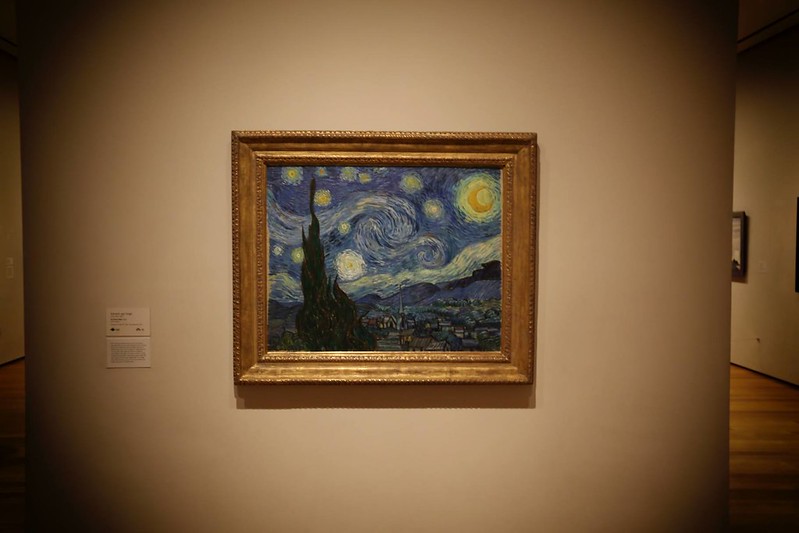
We like to locate a cafe near a museum and arrive there about 30 minutes prior to the museum opening. That way we enjoy a nice coffee and then make our way to the entrance when we see others beginning to line up. Also, if you get to the museums when they first open it also usually makes it unnecessary to buy a “fast pass” to circumvent the line, so you can save time and money.
If you can’t get to a museum when it opens, consider getting there about 2 hours prior to closing. The last opening hour or two of a museum can be very quiet, too. Just make sure that you know for sure what the opening hours are because museums often have changing hours based on different seasons and months. Some close for major holidays while others stay open with limited hours. If you’re visiting on or near a major holiday like Christmas, call up the museum a day or two before your visit to verify hours.
Media personnel?
This will only apply to a minority of people, but some museums offer pre-opening access to members of the press or people like myself who like to photograph and review museums. If you could pass for some type of media personnel, request early access. This is very hit and miss but there’s nothing quite like having an entire museum to yourself for about an hour.

Learn the layout of the museum
Another key is to learn the basic layout of the museum. I’m not saying you need to tattoo the blueprints to yourself but it really helps if you know the floor and gallery of where the most popular exhibits are and have a general idea of how to get there. That way, as soon as the doors open, you can rush to those places and get to experience those works before the crowds hit. Then after you have your experience in peace, and get your desired photos, you can leisurely explore the museum, taking your time to enjoy the other masterpieces.
See what’s on
Always check to see what special exhibits are showing at the time that you visit. Sometimes these can be the highlight of your visit. When we visited the British Library in 2015, they had drafts of the Declaration of Independence and the Bill of Rights on display, which as an American, I found just as intriguing as some of their fascinating exhibits like the Magna Carta. Sometimes you have to pay extra for special exhibits, however, so always check on the admission policy.

Grab a map
Not all museums provide maps and not all museums provide good maps. But be sure that if it’s available, you grab a map in your desired language to help you navigate. In some museums like the Louvre, it’s like exploring a city and without a map, you’re going to have a hard time getting around.
App, headsets, etc.
Headsets can be a great way to appreciate the works you’re admiring, especially if you’re going into the exhibits with little to no knowledge about what’s in there. Although you might not want to deal with listening to them, I recommend at least giving them a try. And now many museums offers these guided sessions via a phone app, so always check if you can just download an app to help you make your way through a museum.
Have good etiquette
Good museum etiquette mostly consists of just being aware of your surroundings and using common sense but there are some general guidelines that apply to many museums:
- Pay attention to whether or not a gallery says no photography or no flash photography. Flash can be harmful to certain exhibits and ruin the experience and photos of other visitors. Many museums will force you to delete your photos if you get caught sneaking photos, so avoid the embarrassment and just abide by the rules.
- Generally, food and drinks (sometimes even water bottles) are not allowed in museums, so keep your snacks and drinks packed away or at least hidden.
- Try to store your large backpacks or bags in lockers if available.
- Leave the selfie sticks at home (many museums are now banning them, anyway)
- Try not be loud, although busy museums often can become loud.
- Don’t touch anything unless you see signage asking you to interact or touch.
- Pay attention to the line markers and wires and don’t encroach too close to exhibits.
- Don’t hog an exhibit if there’s a line to view something.
Rest during your museum visit
If you’re visiting a fairly large museum then try to break up your visit with a visit to the cafe or if you’re allowed re-entry try grabbing a meal nearby. Most museums have cafes or restaurants and while they are often pricey, they can provide you with a nice little rest to allow you to recharge so that you can enjoy your visit.
Daniel Gillaspia is the Founder of UponArriving.com and the credit card app, WalletFlo. He is a former attorney turned travel expert covering destinations along with TSA, airline, and hotel policies. Since 2014, his content has been featured in publications such as National Geographic, Smithsonian Magazine, and CNBC. Read my bio.

